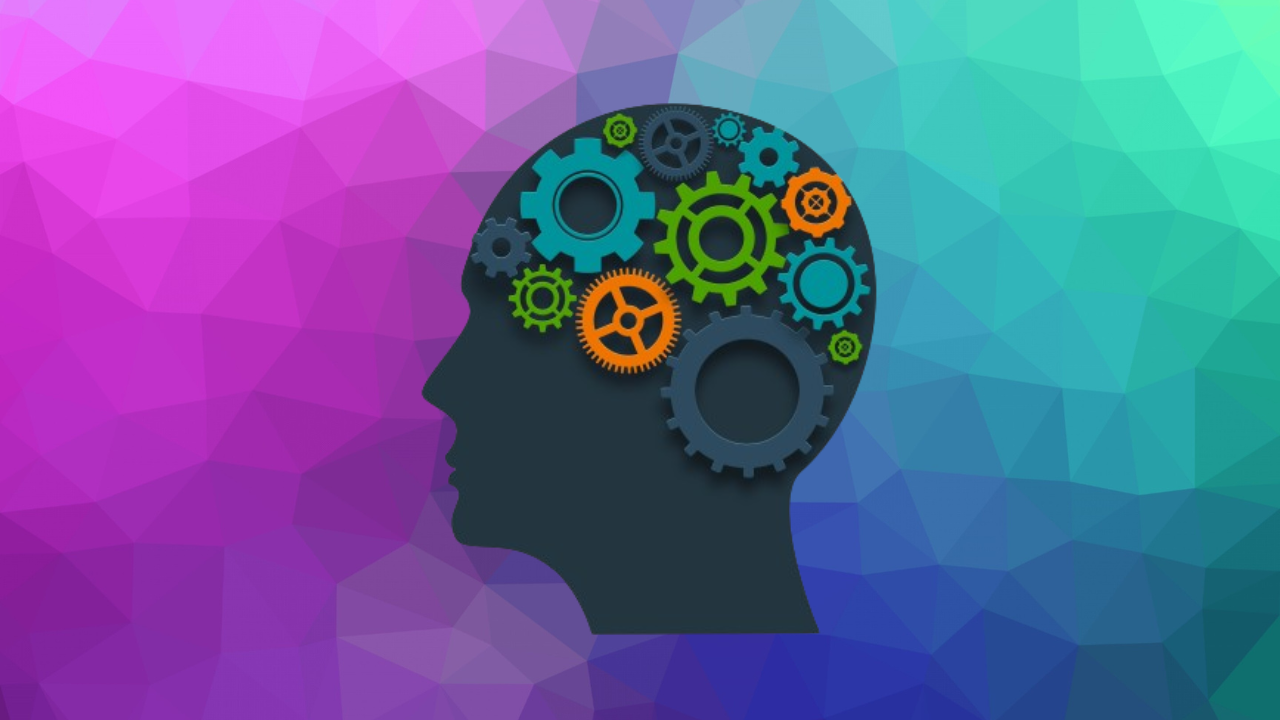Key takeaways:
- The U.S. Patent and Trademark Office released updated guidance on which innovations related to AI can be patented. The guidance is effective today.
- Clarifying what can and cannot be patented is key to the U.S. maintaining its lead in AI.
- The USPTO is following the mandate set by White House’s Executive Order on the Safe, Secure, and Trustworthy Development and Use of Artificial Intelligence.
The U.S. Patent and Trademark Office has updated its guidance on which AI innovations could be protected by a patent. These guidelines take effect today along with a 60-day public comment period.
As the use of AI has led to groundbreaking discoveries and capabilities, the question of what can be protected by patents has become more critical as it holds the key to whether the U.S. can stay ahead in AI innovation. If AI inventions are not protected, it could have a chilling effect on future inventions.
“The USPTO remains committed to fostering and protecting innovation in critical and emerging technologies, including AI,†said Kathi Vidal, under secretary of commerce for intellectual property and director of the USPTO, in a statement. “We look forward to hearing public feedback on this guidance update, which will provide further clarity on evaluating subject matter eligibility of AI inventions while incentivizing innovations needed to solve world and community problems.â€Â
The new guidance builds upon previous frameworks, offering USPTO personnel and stakeholders enhanced tools for determining the eligibility of AI inventions. It includes three new examples demonstrating the application of these principles across various technological domains.
What is eligible for a patent
One example given by the USPTO is the training of artificial neural networks to detect malicious network packets in incoming data streams. In this hypothetical case, an application-specific integrated circuit (ASIC) – a computer chip customized for a specific task – was used to provide higher computing power with lower energy consumption.
Training data was given to the neural network to learn how to detect anomalies. After being trained, the AI model was deployed to detect malicious packets in data streams. This new detection system can more efficiently spot anomalies and block them before they can do harm.
Let’s say three patent applications were submitted to the USPTO. One is for the special computer chip used for AI processing; the second is for the method for taking in data, training on it and outputting the results. The third is for the process of training the AI model, detecting the malicious data, dropping the anomaly and blocking its source.
The USPTO’s new guidelines would mark the first and third applications as eligible for patent protection, but not the second. In the first, the custom hardware is patentable. In the third, the process can be patented. The second does not provide enough specific, unique details to be patentable.
The updated guidance aligns with the USPTO’s obligations under the Executive Order on the Safe, Secure, and Trustworthy Development and Use of Artificial Intelligence. It follows recent USPTO initiatives, including guidance on AI-assisted inventions and a request for comments on AI’s impact on patentability considerations.
One of most high-profile cases related to AI inventorship is DABUS, an AI system created by American AI researcher Stephen Thaler and Ryan Abbott, a law professor at the University of Surrey in England. They claimed that DABUS invented a rapidly reheating food container and an emergency beacon.
In 2019, they filed patent applications for these products in 17 jurisdictions globally, naming DABUS as the inventor to prove that AI can be ‘sentient.’ On these grounds, the USPTO rejected the patent application, saying that only people can be named as inventors. DABUS has lost in all but one juridisction, South Africa, which approved the patent application.

